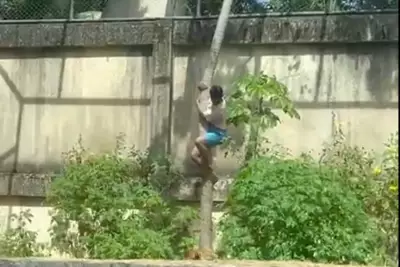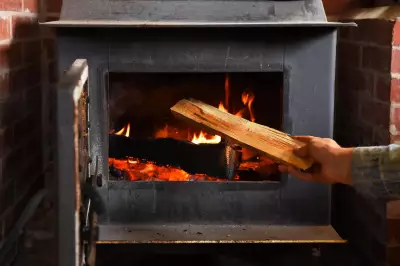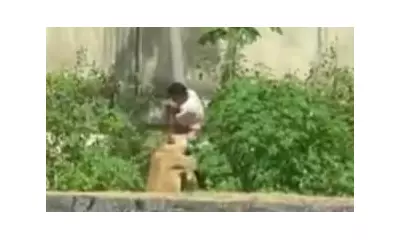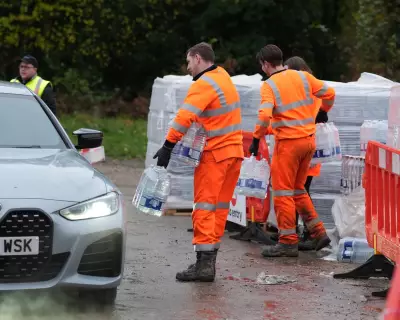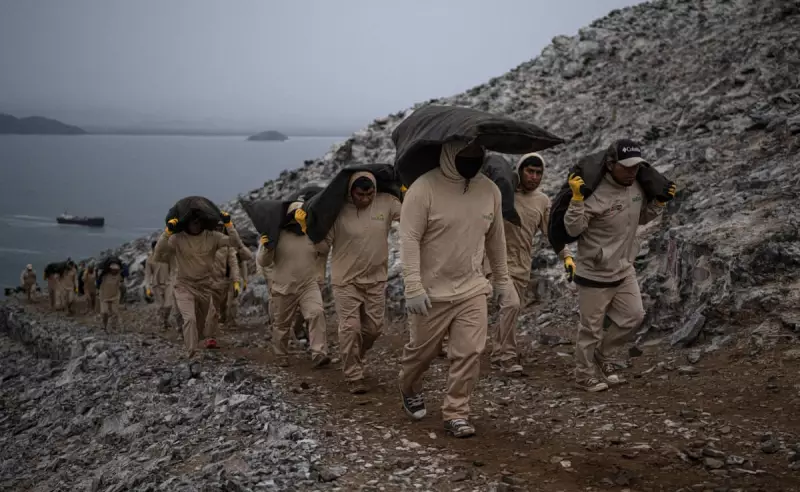
High above the crashing Pacific waves, on some of the world's most inaccessible islands, a centuries-old industry continues to thrive in conditions that defy belief. A powerful new photographic series exposes the gruelling reality of Peru's guano miners - the men who risk their lives harvesting what was once called 'white gold'.
The Treacherous Islands
Perched on precarious cliffs and barren outcrops, these remote Pacific islands have been the source of one of agriculture's most prized resources since Inca times. The photographic journey captures the stark contrast between the vibrant marine ecosystem below and the harsh, lunar-like landscapes where workers live for months at a time.
Life in the White Dust
The images reveal a world coated in fine white powder, where miners navigate treacherous terrain while battling the overwhelming ammonia fumes from centuries of accumulated seabird droppings. These men, often working for seven days a week, face isolation, dangerous working conditions and health risks from the toxic environment.
From Inca Treasure to Modern Fertiliser
Once so valuable that it sparked international conflicts and funded national debts, guano remains a crucial organic fertiliser in an era increasingly concerned with sustainable agriculture. The photographs document the entire process - from the careful scraping of cliffsides to the loading of boats that will transport this natural resource to farms across Peru and beyond.
A Delicate Balance
The series also highlights the delicate ecological balance that sustains this industry. The health of the guano trade depends entirely on the millions of seabirds - primarily cormorants, boobies and pelicans - that call these islands home. Conservation efforts now work alongside mining operations to protect both the birds and the industry they support.
This visual documentary serves as both a tribute to the resilience of these workers and a stark reminder of the hidden human costs behind everyday agricultural products. It captures an industry suspended between tradition and modernity, where ancient practices continue in one of the world's most challenging environments.


